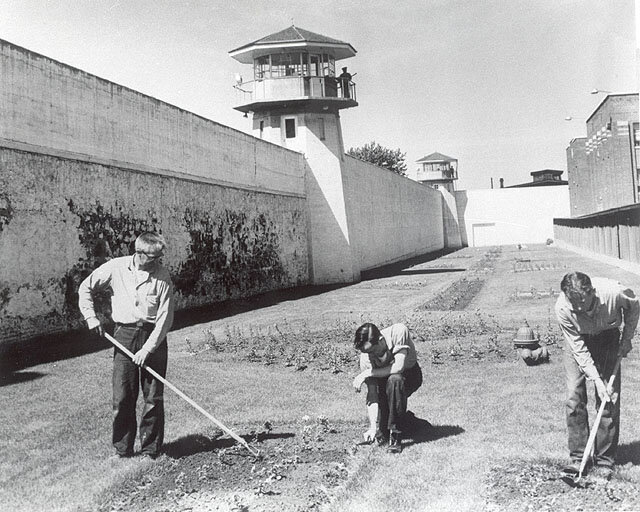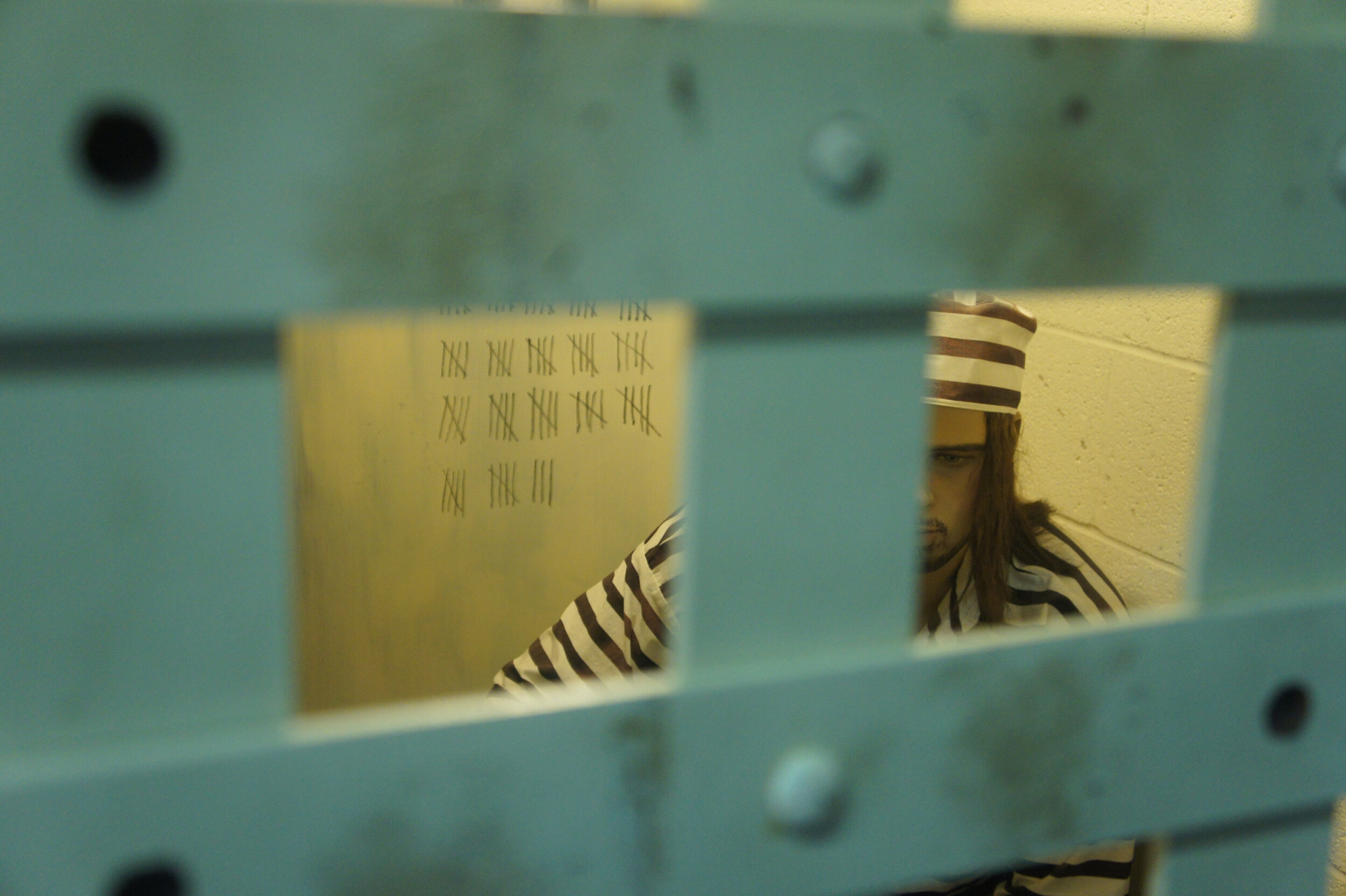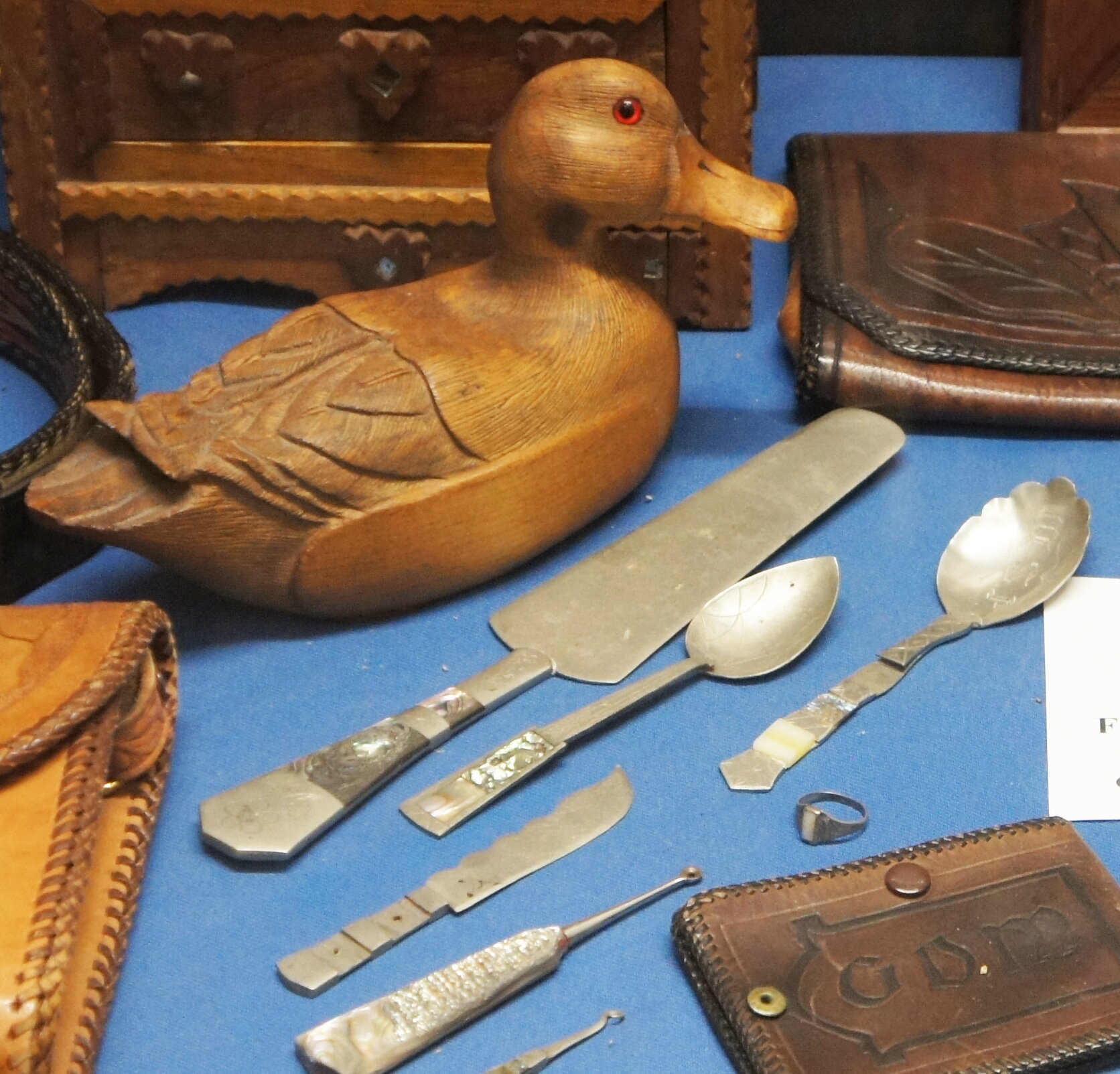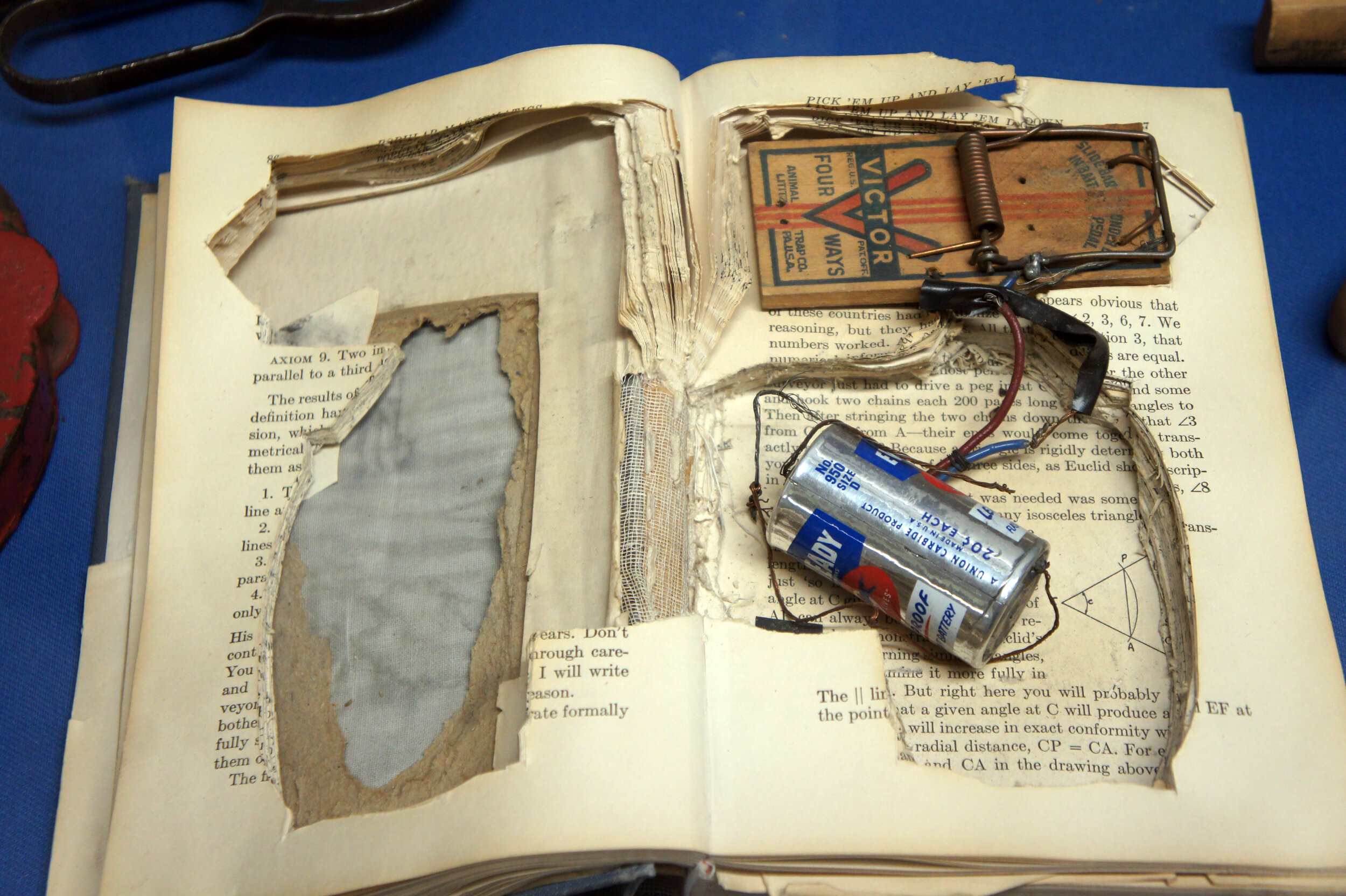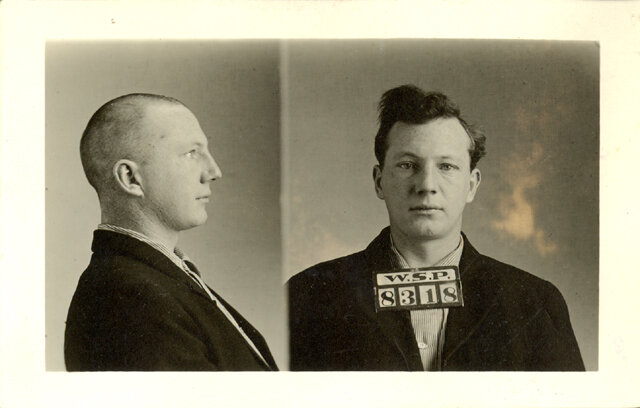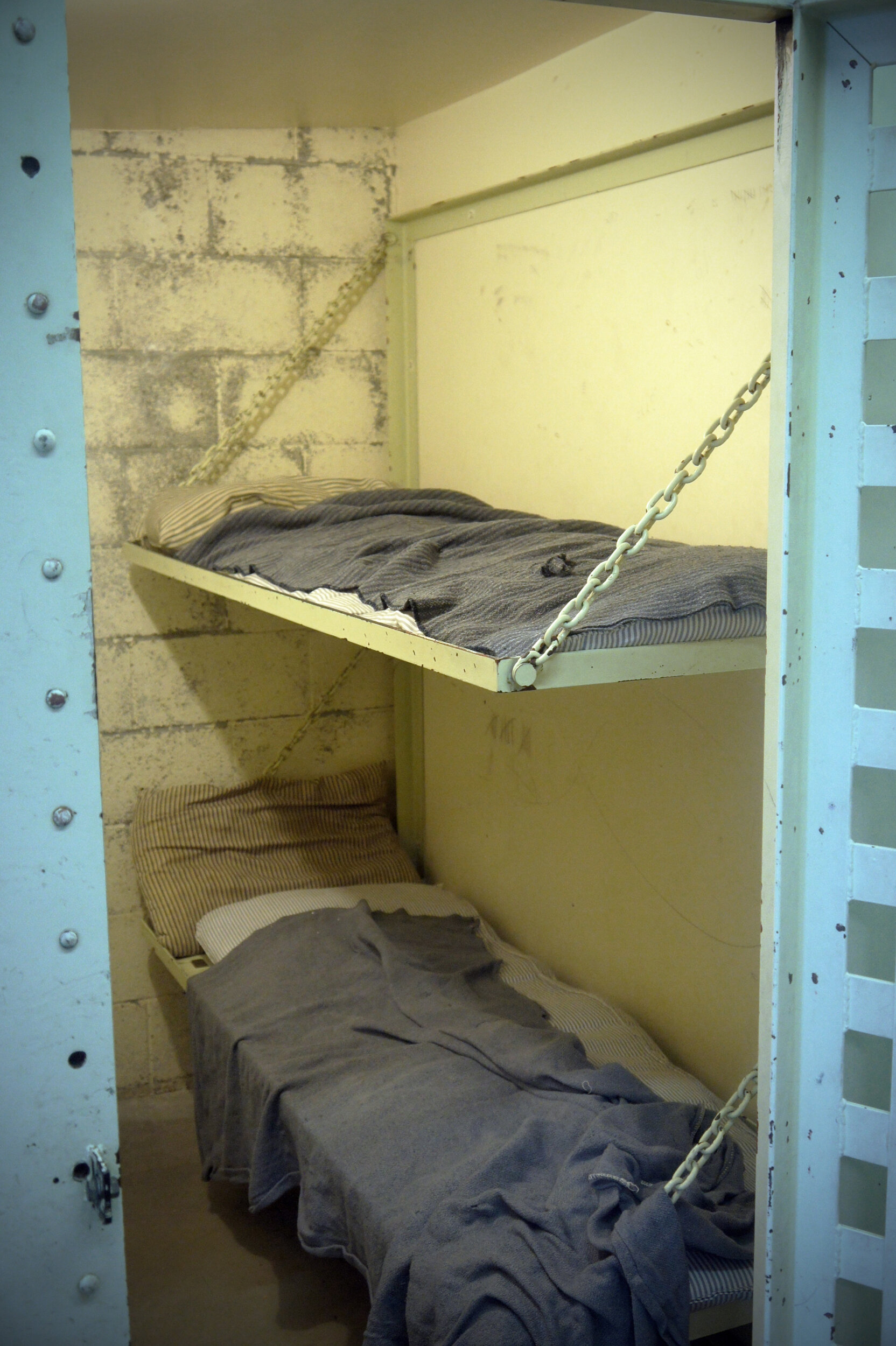Back in 1886, the newly built facility on the outskirts of Walla Walla was known as the Washington Territorial Prison, and the first 97 convicts arrived the following year. When Washington became a state in 1889, the institution became known as the Washington State Penitentiary.
This exhibit includes two bucket cells from the original prison. The doors were made of strap iron, and the walls, floors, and ceilings were solid steel. Inside each cell were wall-mounted bunk beds and a bucket toilet that sat in a vented shaft in the wall. Prisoners spent most of the day confined, two to a cell.
Incoming prisoners were given a number and documented using the Bertillon system, a standardized process of taking photographs and numerous measurements for identification purposes.
The institution ran like a self-contained city, raising and processing livestock, generating its own power, using inmate labor for building projects, and even inmate architects and artisans to design them.
Many of the museum’s penitentiary artifacts came from former penitentiary administrators who worked during the 1950s through the 1980s. Objects include knives fashioned from pilfered materials, a book bomb, an Oregon boot, and an array of decorative items fashioned by inmates in the curio shop.


